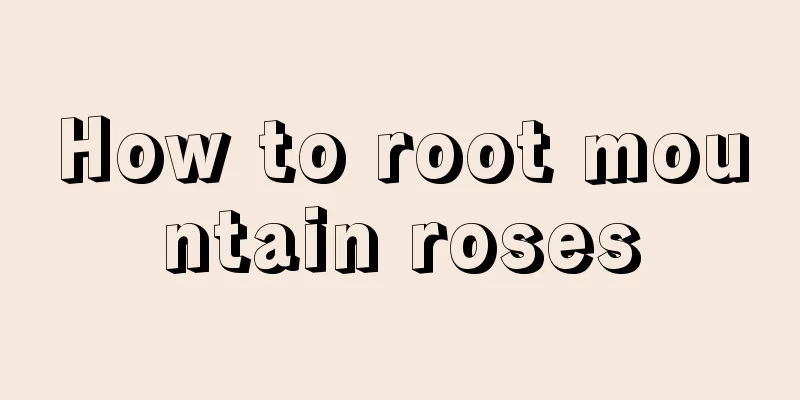Is frangipani poisonous?

1. Ornamental valueThe branches of frangipani are very thin, but the leaves are very thick. The corolla-shaped flowers mostly have five or six petals. The outside of the flower is pure white, but the inside is yellow like frangipani, so the overall shape of the frangipani looks like an egg. Its flowering period is in summer, and the blooming flowers give people a very pure and elegant feeling. It is particularly ornamental and is loved by many people. The editor tells you that you can watch it with confidence without worrying about poisoning. Of course, people who are allergic to pollen should be a little careful and not get too close. 2. Edible ValueFrangipani is not only non-toxic, but also edible with great edible value. It is usually dried and made into frangipani tea, which is a very popular leisure activity and is loved by many people, especially Guangzhou people. It is one of Guangzhou people’s favorite teas! The taste of frangipani is lightly sweet, which is very suitable for drinking in summer, and it is especially effective in reducing heat and relieving fever! 3. Medicinal ValueIt is completely alarmist to say that frangipani is poisonous. Not only that, it also has medicinal value that cannot be ignored! After being dried, frangipani is a very good Chinese medicinal material. It can treat sore throat and is very helpful for clearing heat and detoxifying, as well as moistening the lungs and relieving cough. As a traditional Chinese medicine, frangipani tastes a little bitter. When used in combination with other traditional Chinese medicines to treat symptoms such as heatstroke, dysentery, and stomach pain, the effect will be very obvious. When the weather gets colder in autumn, many people will suffer from coughing. Using frangipani to treat the cough can effectively relieve cough and also reduce phlegm and clear the lungs! In addition, its sap has high medicinal value and can be used to treat skin diseases caused by HIV infection or anti-cancer drugs and electrotherapy. It is said that the effect is particularly good! Okay, that’s all for today’s introduction! Through today’s introduction, everyone should have confirmed that frangipani is not poisonous, so you don’t have to worry about it in the future! |
<<: The efficacy and function of Melaleuca alternifolia
>>: The main value of seven flowers
Recommend
How to grow Cineraria
1. Breeding environment 1. Soil: It likes fertile...
How to grow onions at home
Germination method The first method is to plant s...
Cultivation methods and precautions of love vine
1. Soil The love vine likes soil with good air pe...
How to cultivate wild chrysanthemum
1. Soil It is best to choose permeable and fertil...
How to cultivate thick-leaved moon shadow succulent
Thick-leaved Moon Shadow Succulent Growing Condit...
How to care for camellia after it has flower buds
1. Increase lighting Camellias need plenty of sun...
Palm bamboo | Aquatic plants suitable for living rooms
Morphological characteristics Bamboo palm is an e...
Who says you can’t grow flowers without a balcony? He turned the anti-theft windows into a flower wall, and his neighbors were jealous!
Succulent security window The space of anti-theft...
How to save Blue Enchantress
Causes of fading Why does Blue Rose fade so easil...
How to grow calla lily
1. Choose a pot Calla lilies grow best in larger ...
A collection of flower arrangement techniques (I)
Clamp fixation method When inserting flower branc...
What are the effects and functions of French prunes and how much does it cost per pound?
1. Efficacy and Function 1. Beauty and skin care:...
The efficacy and function of mangosteen, can pregnant women eat mangosteen
1. Efficacy and Function 1. Nutritional supplemen...
Diamond Emerald Plant Precautions
1. Lighting When cultivating the Diamond Jade pla...
The cultivation method of taking root
1. Soil: It is best to choose fertile, well-drain...









